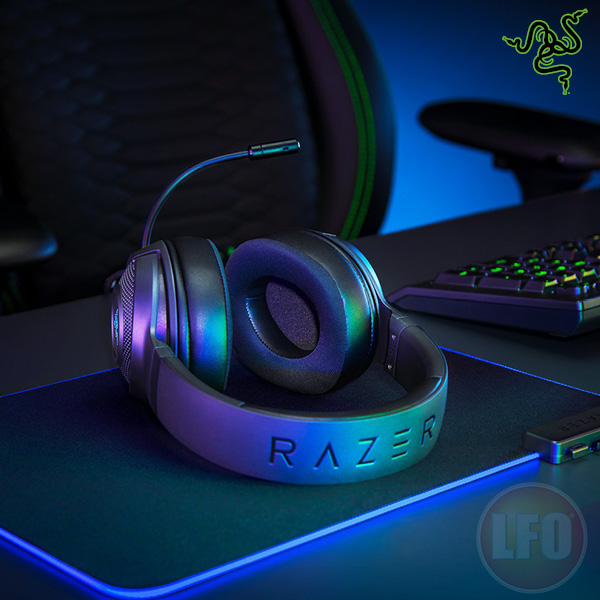Nvidia’s RTX 4080, part of the GeForce series, is a powerhouse of a graphics card. But with great power, comes significant power consumption. How does this impact your PC build, and what should you know about it? Let’s dive in.
Understanding the Power Demand
The Nvidia RTX 4080 is a behemoth in terms of performance, offering startlingly realistic graphics and smooth gameplay even on the most demanding titles. However, this comes at a cost – the card is known for its power-hungry nature. On average, the RTX 4080 draws about 320 Watts under load. This is considerable, especially when compared to its predecessor, the RTX 3080, which has a peak power draw of 350 Watts.
The increased power consumption is due to the additional CUDA cores, higher clock speeds, and expanded VRAM in the RTX 4080. These improvements make the card more powerful, but also more power-hungry. It’s a trade-off that users have to consider when choosing a graphics card.
Implications of the High Power Consumption
What does this mean for the average user? Essentially, you’ll need a more robust power supply unit (PSU). It’s recommended to have at least a 750 Watt PSU when using the RTX 4080. But, you’ll also want to consider the power consumption of your other components.
However, don’t let this scare you away; the performance gains from the RTX 4080 can be worth the extra power demands, especially for high-end gaming or professional workloads.
Efficient Power Use
Despite its high power draw, the RTX 4080 does offer efficiency. Nvidia’s Ampere Architecture, which powers the RTX 4080, includes energy-saving features, such as Dynamic Boost 2.0 and DLSS. These technologies help to optimize power use, balancing performance and power draw.
Conclusion
The Nvidia RTX 4080 is a powerful graphics card that demands a lot of power. While this may require some adjustments to your PC build, the performance gains can more than offset the increased power demands. As with any component, understanding the implications and trade-offs is key to making an informed decision.
Before you go, don’t forget to check out our other articles on similar topics for more information. If you want to further explore the specifics of Nvidia RTX 4080, you can visit Nvidia’s official product page.
Note: This is a high-level overview of the power consumption issue with the RTX 4080. We advise consulting with a PC building expert or doing further research before making any hardware decisions.



